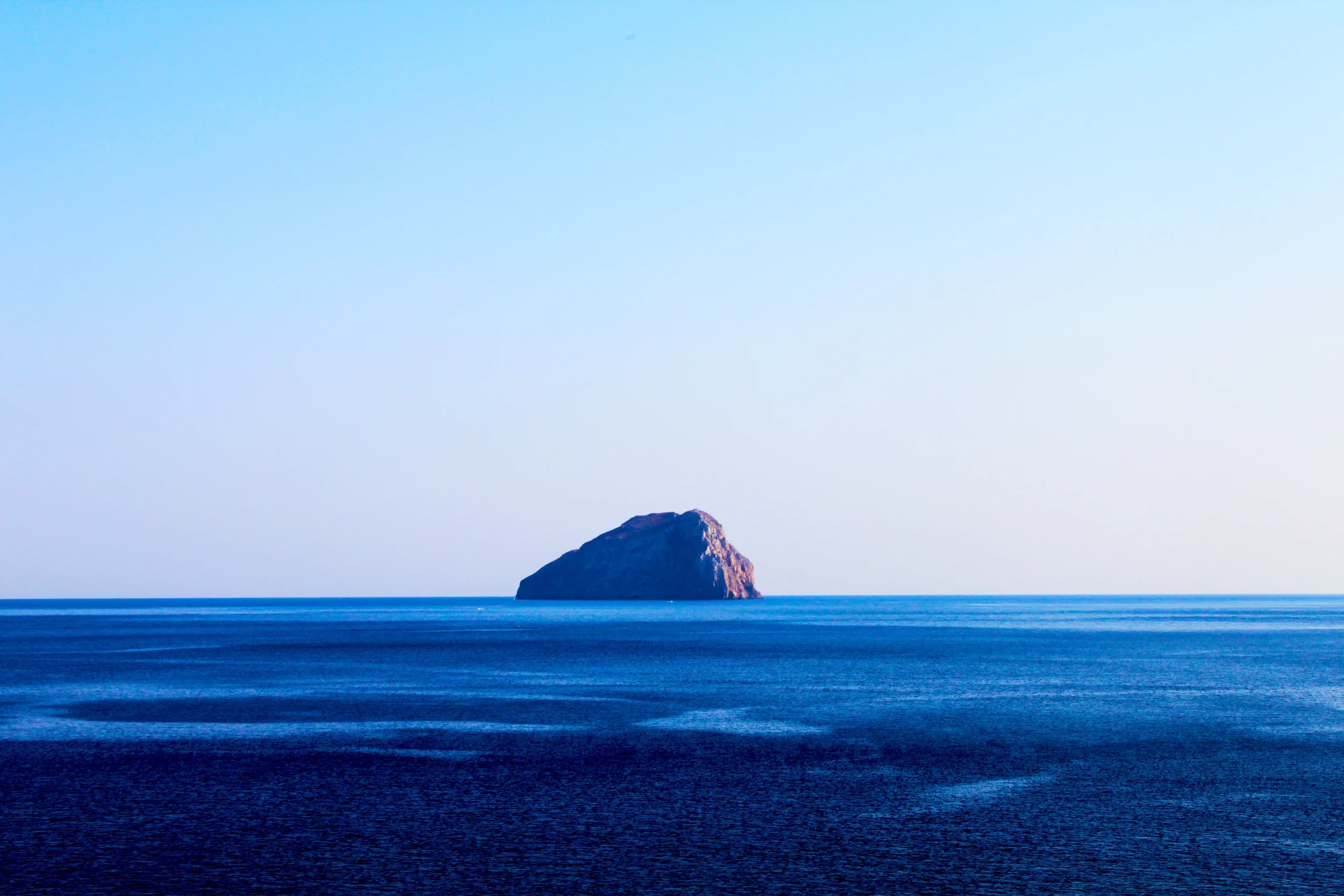Note: For the next 10 days, I will be at the Sound/Word composer residency in Syros, Greece. This was originally posted on the communal residency blog, where my colleagues and I will be posting updates throughout our time here.
I feel like I'm always searching for home, in almost every sense of the word.
I've been on the road a lot in the past few years. Lived out of a suitcase while on tour for most of 2015. Moved my place of residence several times. Packed up, sold things, stored things, started over, bought, packed, sold, started over again.
Like most biracial, 2nd generation American kids with immigrant parents, I'm never sure how to answer the question "where are you from?" Should I say the west side of Los Angeles, where I live? Long Beach and Orange County, where I grew up? Maybe Hawaii, where I was born. Or Cambodia, where my dad was born. Greece, where my mom was born?
Now that I am finally in Greece, I am too embarrassed to speak Greek, for fear that my accent is too American, that I can't remember the right words, or that my grammar is unintelligible. I overhear people talking about me, staring at me, whispering to one another about my hair and assuming I cannot understand. I also experience comforting familiarity. It is a complicated homecoming.
The search for home also takes place within my body. I have a history of dissociating as a coping mechanism. Evicting parts of myself from "me" in order to function smoother on the surface, resulting in sometimes-homeless brain, homeless body.
So what, where, who is home? I am artistically, intellectually, emotionally, and physically invested in these answers.
Incipient Project Proposal
During my residency in Syros, I plan to continue a series of musical poetry pieces investigating home.
Here is an example:
As in the above piece, I will be weaving spoken word with layers of music and field recordings, culminating in a continuous or semi-continuous concept album that uses only the instruments and tools I have here: violin, H4N Zoom field recorder, Apogee portable mic, Oxygen 25-keyboard controller, Akai mini controller, and anything sourced from the island or my fellow composer participants. I foresee mainly using the first three items on that list. I will be writing all the spoken text/poetry myself, though I haven't decided if I will stick to my own recorded voice or include others, particularly when it comes to Greek-speaking portions. I think it is too early to make an assertion either way, as the content and development of the project will likely reveal a clearer direction.
I have many more thoughts and ideas but will save them for later.
To support my music and receive special rewards, become my patron for as little as $1/month!

